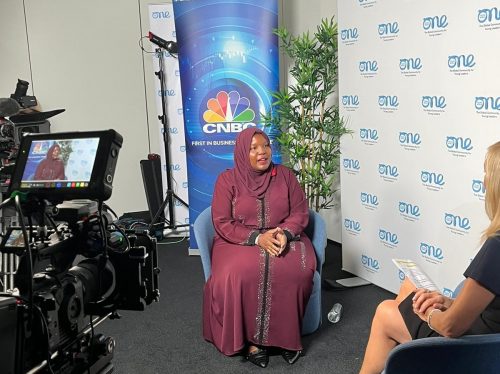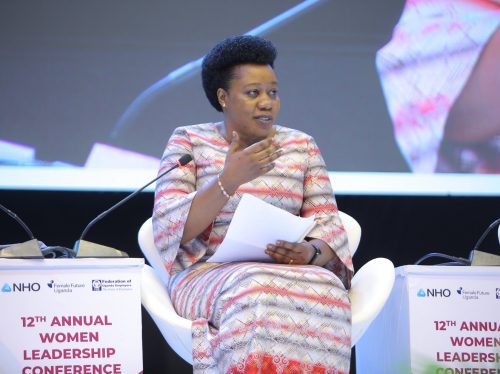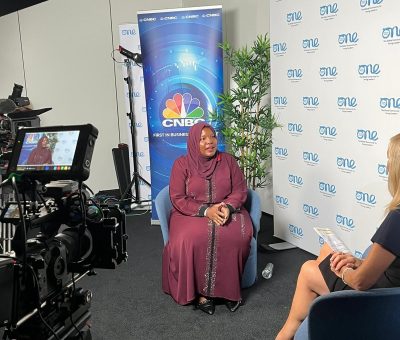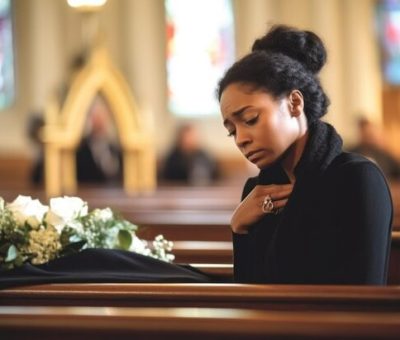A near death experience birthed Osiro’s desire to improve emergency healthcare
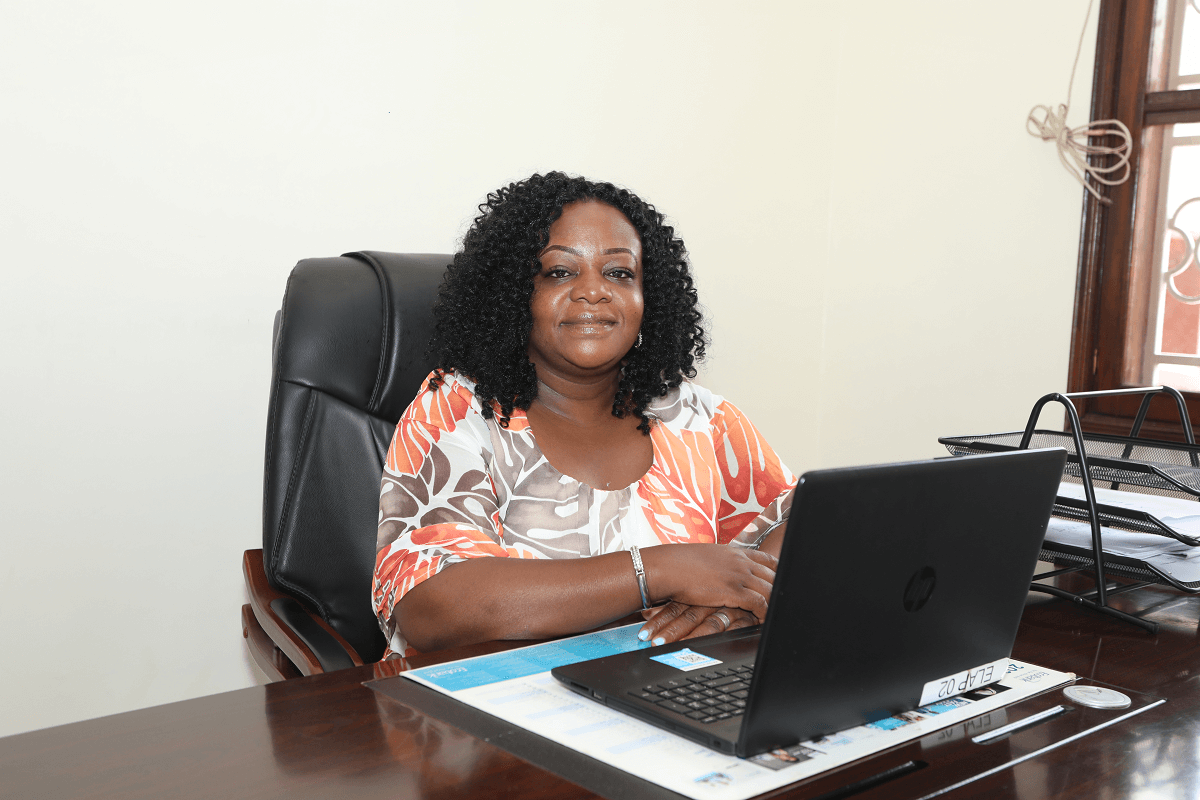
Declared a high-risk pregnancy after losing five pregnancies, Martha Osiro was glad to finally give birth to her first born at 25 weeks (six months). Although a premature like the ones she had lost, he received great medical care in the United States where they lived. In 2010, they moved back to Uganda and shortly after discovered that they were expecting another child. Aware of her medical history, her first thought was to return to the US. However, her husband quickly assured her that they would find an equally good hospital in Kampala.
At 16 weeks, Osiro developed a headache and as she did not want to take any chances, she went to hospital. However, she developed complications and before long, she was fighting for her life yet no intervention seemed to help. At one point, while drifting in and out of consciousness, Osiro heard the nurse say, “afudde’ (she is dead). Nonetheless, her family were not ready to give up on her and decided to take her to South Africa for further treatment.
Leaving the hospital in an ‘ambulance’ – a cab with a nurse while Osiro lay on a stretcher was all they could get. “Interestingly, immediately after the South African team took over at the airport, things were done in an organised manner with them hooking me on monitors and checking my vitals every five minutes before transferring me to a fully equipped ambulance. The next four hours to Johannesburg and the ambulance that received me at the airport was night and day compared to what we had in Uganda,” she laughs.
Save what she had seen, Osiro did not realise how sick she was until the receiving doctors mentioned that had she come two days later, she would have died. With such a diagnosis (eclamptic pregnancy), Osiro was admitted for the remaining months of her pregnancy and closely monitored. Eventually, at 32 weeks, she gave birth to a healthy baby boy.
Her stay at the hospital made Osiro realise that Uganda has the ability to have a proper emergency system. “I vowed to do whatever I could to improve emergency healthcare in Uganda,” she shares.
True to that, since 2017, Osiro has been working with the Ministry of Health (MoH) as a technical advisor. “While I am wrapping up my role there, I have been on the secretariat and at the forefront of ensuring that a national policy for emergency medical services is drafted and pushed through the various levels to gain approval until it has reached Cabinet. That is not forgetting taking it through the various Ministry of Health technical committee and meeting group levels and approvals,” she smiles proudly.
Osiro, together with her colleagues has also managed to bring development partners to the table to raise funds for Emergency Medical Services (EMS). The extensive list of required tasks included the development of the strategic plan, the risk impact assessment, the costing for EMS in Uganda, training nurses, doctors and ambulance crew, consultative meetings for the development of curricula for emergency nurses, ambulance crew and drivers, standards and norms for ambulances and baseline studies for the state of emergency care in the country, among others.
The Ministry of Finance approved the costing and risk impact assessment while MoH approved the curricula.
In all this, Osiro’s career highlight has been building an Ambulance Station that includes a Call and Dispatch Centre. “It started with a newspaper story of a pregnant woman who could not get access to healthcare thus dying in her house. On seeing this, during the first lockdown, I got the urge that we need to create an ambulance coordination station. We did this alongside MoH to get a short code- 911 so that when someone calls, the emergency care system is activated and an ambulance is dispatched. While there was no funding to do it, my colleague and I had been talking about building this centre since 2015 and set out to raise the funds to build the station. MoH made this possible by availing us with an endorsement letter that we used to raise funds from the private sector thus building the first ambulance station in the region. My experience also gave me so much drive because I knew I could have died too and only God kept me alive,” she shares.
The centre is located at China Naguru Friendship Hospital and they are in the final stages of operationalising the ambulance station. While there are plans to build 14 more ambulance stations in each region, this first station will coordinate ambulance services countrywide as they await completion of the others which are under construction. Eventually, there will be a regionally coordinated Ambulance System where each regional station will coordinate the ambulances for their area.
Out of a near death experience, Osiro who from Aga Khan Hospital had advocated for better health found her specific purpose to advocate for better emergency healthcare. “At least, we have the structures and are handing them over to MoH to do even more. We have also galvanized development partners and private sector so they can get involved,” she shares.
Her next step is to create a cohort of educated citizens trained in first aid and CPR because whenever people are involved in an accident, boda-boda riders come to their rescue. “That is a huge gap, and I desire to train the people and communities about what to do during such instances. That will help in building first aid volunteers across the country. Looking back at my career, I feel that I am going upwards and eventually, I can stand back when I have done all I could and appreciate that I was a part of a great cause,” she says.
Osiro is thankful to everyone who has been part of this journey because they validated her belief that rather than just admire what we see abroad, we can emulate them because they too started somewhere. She believes Uganda will eventually get there.



